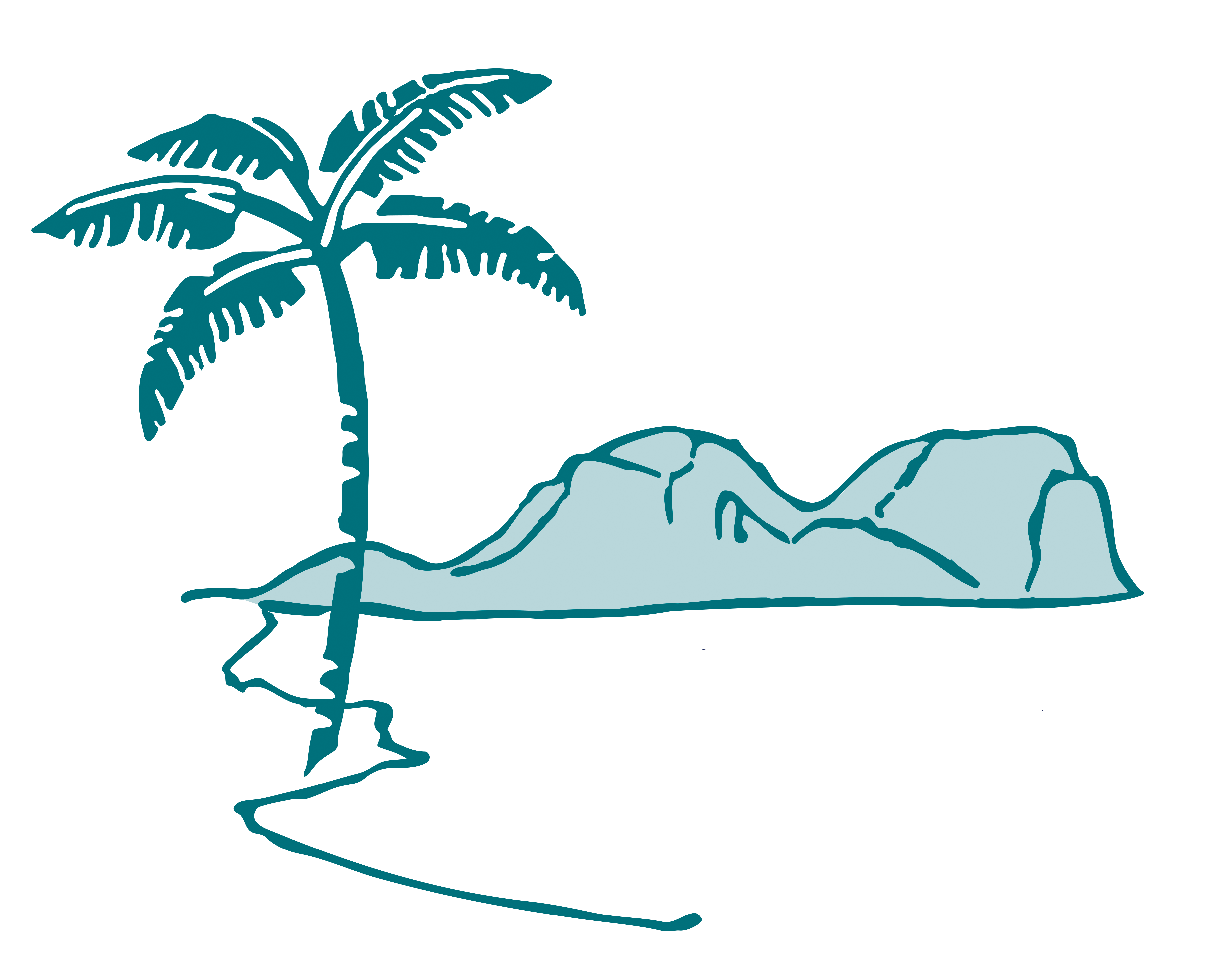Local grant to fund eradication
The Lord Howe Island Board (LHIB) has received funding from the NSW Government’s Local Land Services North Coast to eradicate African Big-headed Ants (Pheidole megacephala) from the Island.
The African Big-headed Ant is an invasive species
The African Big-headed Ant (ABHA) is listed among of the top 100 worst invasive species in the world and is one of six national priority ant species that impact Australia’s biodiversity. Australia’s leading ant eradication expert, Dr Ben Hoffmann from the Commonwealth Scientific and Industrial Research Organisation (CSIRO) has been engaged by the Board to provide strategic advice and to train LHIB staff in the eradication methodology. A new approach has now been developed which builds on experience gained from previous work on the Island.
With the warmer weather and increased ant activity the Board has recommenced the planned eradication of African Big-headed Ants from the Island.
Survey maps of ABHA distribution
Surveys to map the distribution of ABHA on LHI will be conducted in all known infestation sites throughout the settlement and all walking tracks in the Permanent Park Preserve. Surveys will be done by visual searches in areas likely to have or known to harbor ABHAs, such as around buildings, sheds, gardens, paved areas, roadways, other human infrastructure, beneath rocks, logs, pot plants, loose building materials and other debris, along the edges of pastures and throughout the golf course. Once ABHAs are detected using visual surveys, systematic surveys using lured meat attractants will be conducted to enable accurate mapping of the full extent of the infestation.
Treatment of infestations
All infested areas, including all buildings within known infestation areas, will be treated with either Amdro® or Distance® Plus Ant Bait. Buildings within mapped infestation areas will be treated with Advion Ant Gel®. All treatment will be conducted in accordance with Amdro®, Distance® Plus Ant Bait and Advion Ant Gel® product labels.
Monitoring has demonstrated eradication has been achieved throughout most of the treated areas, thereby allowing these areas to undergo natural restoration.
Further Information
- African Big-headed Ant Work Plan (PDF)(715.63 KB)
- African Big-headed Ant Fact Sheet (PDF)(359.81 KB)
- African Big-headed Ants (CSIRO)
Frequently asked questions
You will be contacted prior to field staff visiting your lease during all stages of the program. You will receive a phone call seeking your agreement to have field staff conduct surveys around your lease and residence. If an infestation is found on your lease you will receive another phone call seeking agreement to treat the affected areas which may include treatment inside buildings. However you may wish to agree to all works being undertaken on your property without ongoing contact.
Once your lease has been surveyed and if an infestation is present treatment will be undertaken as soon as possible. Following this, post-treatment surveys will be undertaken between 3-4 months after the initial treatment. Should an infestation be found again re-treatment will need to occur. If your lease has been identified within the total ABHA area but does not contain an ABHA infestation your lease will require resurveying after the completion of the treatment period (annually). Eradication is achieved when no ABHA have been found for two consecutive years.
All infestation areas will be treated using Amdro® or Distance® Plus Ant Bait and clearly flagged.
Amdro® is not considered hazardous to pets, livestock or children, when used in accordance with the product label. However it should be placed away from food stuffs and out of the reach of children and animals. When broadcast outdoors, Amdro® breaks down within one day of being exposed to the elements. Amdro® will not persist in the environment after treatment. When applied within bait stations or under shelter, Amdro® can remain effective for up to 12 weeks. Distance® Plus Ant Bait will be used in cropping areas. This product’s active ingredient is Pyriproxyfen which works as a growth regulator (juvenile hormone mimic) to prevent larvae from reaching adult stages and has recently been found successful in controlling ABhA.
Amdro® is toxic to fish and aquatic invertebrates so the treatment will only be applied in dry conditions and care will be taken to avoid contaminating waterways including dams and fish ponds. Field staff are trained in the proper use of Amdro®.
The overall success of the project depends on the full cooperation of the community. You can help by notifying the LHIB of any ant’s you expect are ABHAs (see the Factsheet on ABHA eradication for information on identifying ABHA). If you are unsure about the identification of an Ant please contact the LHIB as a precaution.
Should you have any questions or concerns about the program please contact the LHIB to discuss or to arrange an on-site inspection.
